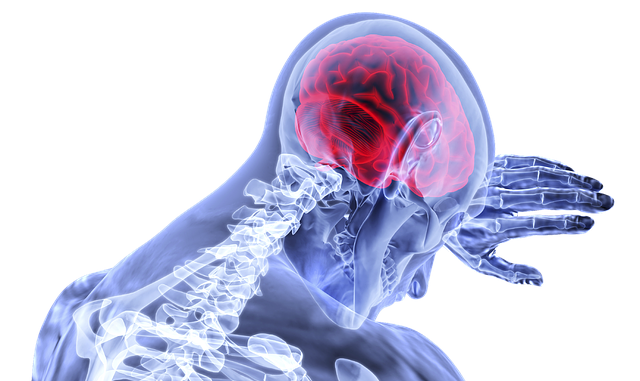
Dementia is one of the leading health issues of the 21st Century. There is a burgeoning school of thought that some infections are linked to particular forms of dementia, especially Alzheimer’s. The main infections are oral herpes, Lyme disease, some gum diseases and pneumonia.
Alzheimer’s disease in particular is also associated with long-term stimulation of the immune system which is known as chronic inflammation.
The Herpes Virus And Its Damaging Effects
The Herpes simplex virus-1 (HSV-1) is a lipid-coated DNA virus. It binds to lipid-rich tissues such as nerves, membranes in the GI-tract, brain and synovium membranes, the lymph and so on. It would appear that the main cell systems and tissue types affected are the glia, the neurons, parts of the lymph, neuromuscular junctions.
Herpes causes a number of health issues as well as basic infection such as its own form of inflammation and in more serious cases lesions. One of the main impacts is the production of cold sores. Unfortunately we are never rid of this virus because it stays in the body all our lives.
There is a link that people with HSV-1 are more likely to suffer Alzheimer’s disease. High levels of this virus were found in people’s brains, based on post-mortem studies of those who had suffered the condition.
One of the symptoms or signals for Alzheimer’s is the production of protein clumps called beta-amyloid plaques (Aβ-plaques) in the brain. Current thinking is that these plaques serve a defensive function against infective agents like viruses. The way such viruses enter the brain though is not fully understood.
Not only does the virus produce Aβ plaque breakdown in the neurons, but also cell death (apoptosis) and necrosis in these cells.
Studies On HSV-1 And Alzheimer’s Disease
Research by Dana Cairns and her team at Tufts University in Massachusetts examined the way Herpes could affect brain tissue. They created a type of brain tissue for research purposes.
This brain tissue was infected with the virus. After three days the brain-tissue developed plaques similar to those with Alzheimer’s. These brains also suffered from inflammation along with brain cell death.
A drug called valacyclovir which is used to treat herpes infection protected the brain tissue from damage produced by the virus. The drug is under investigation as to whether it can help Alzheimer’s sufferers who also had or have HSV-1.
There is a peculiarity too. It seems two-thirds of people under 50 have HSV-1 in their system but it only invades some people’s brains and not others. One possible thought from the Tuft’s team is that people have particular genetic factors or weaker blood-brain barriers because of their age which make them more at risk.
This team is also investigating a related infection produced by the bacterium Porphyromonas gingivalis. This bacteria is a cause of gum disease. It has been linked to Alzheimer’s too because plaques in brain tissue are also formed in those who appear to have gum disease.
References
Science Advances, DOI: 10.1126/sciadv.aay882


Leave a Reply